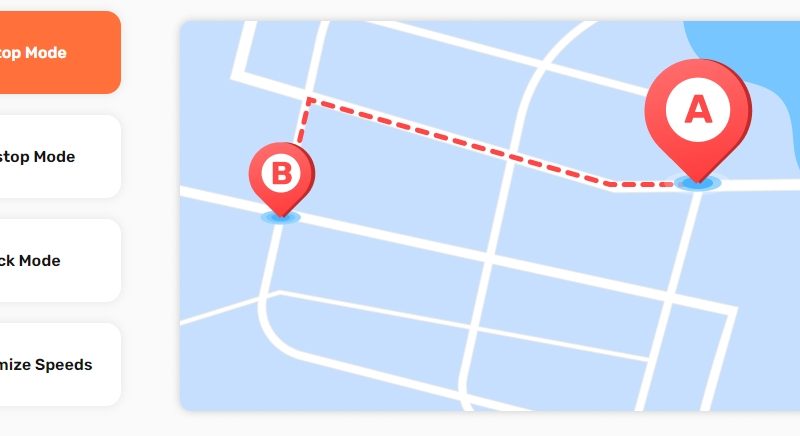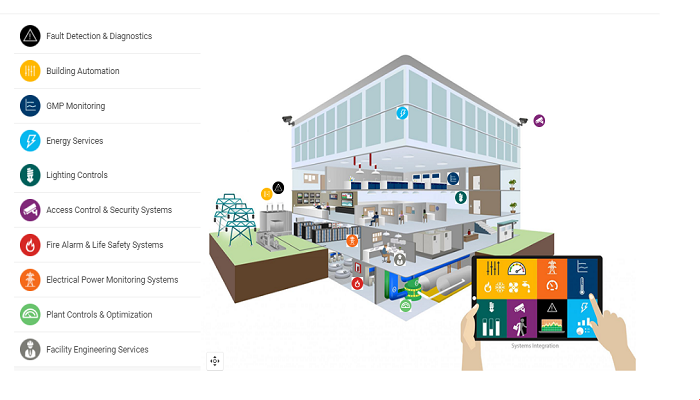What Is Vendor Management In The IT Industry?

Vendor management is an internet-based web application that permits the organization to discipline the service excellence, costs and reduce risks to gain increased value from the vendors.
This research helps the client to categorize vendors and select the right vendor for the right project. It helps in determining the right number of vendors required for a project and helps to reduce risks related to using vendors.
Vendor management helps an organization to control and manage the relationships and performance of the vendors and helps to ensure that efficient delivery of the product or service takes place via vendors.
This leads to achieving organizational objectives, and it also eliminates the chance of delay or failure of the deal. The chief aim of a vendor manager includes determining distribution orders, combining the bills, and improvement in reporting capabilities that outdo manual systems.
Taking help of the technology
Various companies are providing top-notch IT consulting services. They deliver software, hardware, and cloud services that help in vendor management. This software will help in managing different vendors based on the requirements.
Process of vendor management:
The vendor management process and traditionally six steps which are:
- The first step is establishing your business strategy, which will help you when your organization faces any sort of stress. One can base your strategy on either market research, budget, or client requirements but you need to have a strategy fixed.
- Your next step is to decide on vendor selection criteria. These criteria can be anything from client reviews to the points system. But one thing you need to make sure of is that your team reflects your organizational goal and reflects what you plan to serve in the market.
- Now it’s time to make the bid document. A bid document comprises three important parts which are:
- Request for Quote RFQ (used for commodity purchases which price holds the most importance).
- Request for Information RFI (used for securing information from the market to conduct internal planning).
- Request for Proposal RFP (shows business requirements or problems and asks vendors to come up with a solution.
- After they present all the documents of the bid, the next step is to evaluate the offer. This evaluation includes price offered, employee selections, and target achievement. Based on this evaluation, the company and up selecting a supplier.
- After they select the supplier, the contract terms are negotiated by both parties to maintain a high-value vendor relationship.
- The final stage is managing vendor relationships by providing benefits such as good quality products, cost reduction, and fulfillment of internal audit requirements.
Conclusion
You need to note that a short-term relationship with the vendors will provide you only with insignificant cost savings and short-term gains. But long-term partnership creates a sense of trust and commitment, which leads to several benefits like reduced costs, and good quality.
Vendor management software provides you with that platform where you can build such relationships and can gain immense success if you build a strategic approach to maintain relationships with the best vendors and suppliers.






